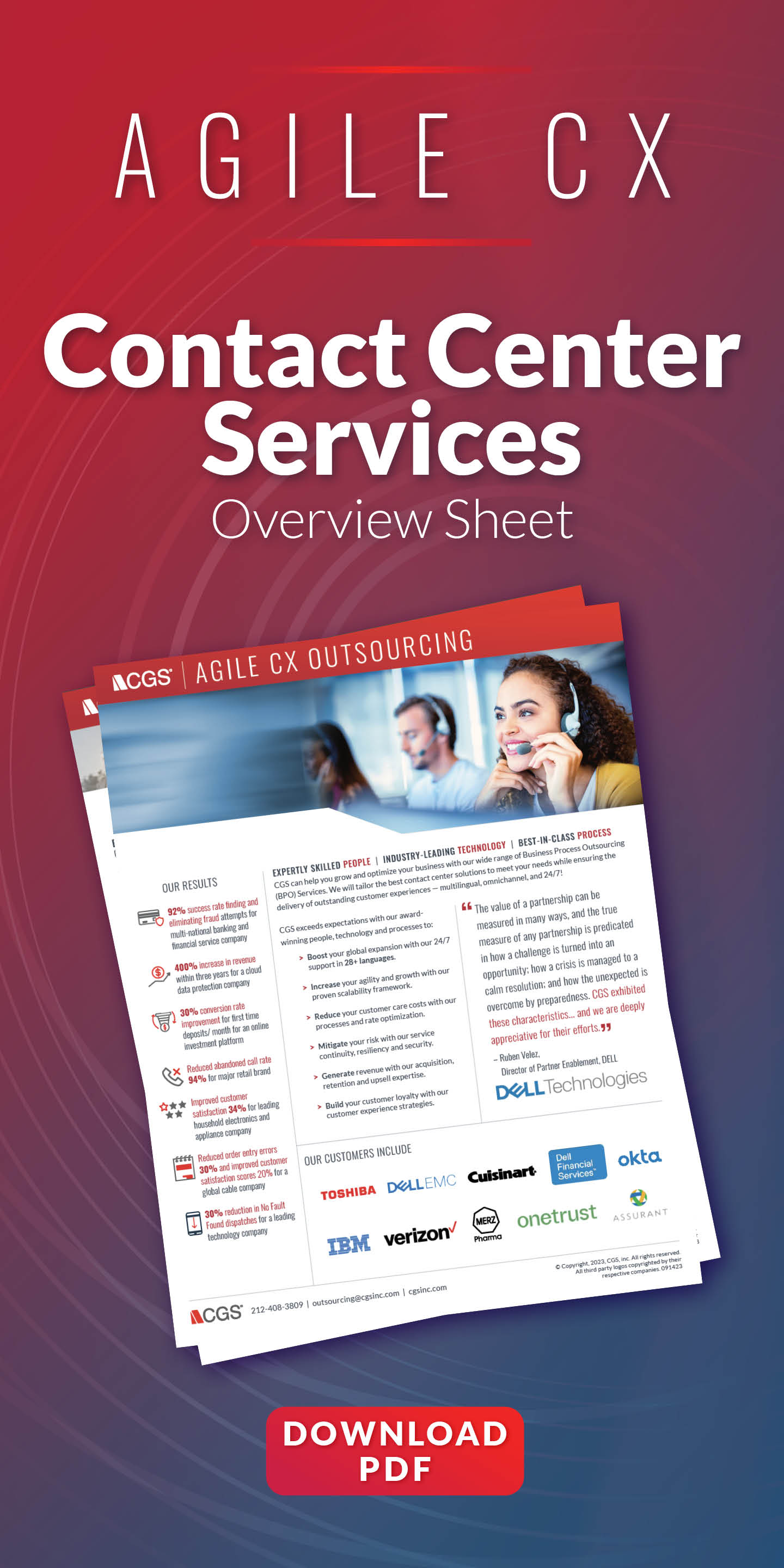Topics
2022 Mid-Market Channel Strategy – How to Scale

Game Changer: Add Human Orchestration to Your Mid-Market Strategy
As digital transformation continues its advance, channel sales and marketing leaders face many opportunities and challenges in the mid-market, that is, the 3 percent of companies in the United States with revenue in the $10 to $50 million range.
On the one hand, many of the largest, traditional value-added resellers (VARs) and integrators have set their sights on the mid-market. What makes it so appealing? Mid-market companies create one-third of all jobs and one-third of non-governmental gross domestic product (GDP).
With so much employment and revenue creation, though, it’s not only the largest VARs that are aggressively pursuing the mid-market: Even smaller VARs and integrators, with less than 50 employees, often punching above their weight class, want to take advantage of the mid-market opportunities.
Although a traditional channel strategy may take these market forces at face value, the reality is actually quite more complicated. Yet, there’s also much greater upside throughout the current decade if you can align your mid-market strategy around where the mid-market channel opportunities are most significant.
To unpack what this means for channel leaders and why human orchestration is so essential, CGS recently hosted a webinar with Jay McBain, principal analyst of Channels, Partnerships & Alliances at Forrester Research, and Doug Stephen, president of Learning and Channel Enablement at CGS.
The Challenge and Necessity of Engaging Transacting and Non-Transacting Partners
Once upon a time, building and executing channel strategy was much more straightforward. Over the past four decades, channel leaders invested most of their resources on building and enabling a loyal base of transacting channel partners: VARs and managed service providers (MSPs) incentivized and paid to market, sell, install, customize and service technology, on an outsourced basis.
However, the consumerization of IT, mobile and cloud computing, search engines, social media and review websites fundamentally changed how technology was researched and purchased. Today, buyers often have a minimum of 27 different touchpoints across seven different categories of influence before completing a major technology purchase.
And as more businesses of all sizes shift to consumption-based models, where most technology is acquired as subscriptions, you’re not just looking at different conversations with chief financial officers (CFOs) around capital expenditures (CapEx) and operating expenditures (OpEx). What would’ve historically been considered a closed-won deal now, in reality, is just the first month of revenue, in what channel leaders aspire to be a relationship for life or at least a lifetime value in the ballpark of several years.
In this context, cultivating and schmoozing a loyal base of VARs and MSPs will only get channel leaders so far as there are:
- New buyer preferences intersected by new sources of influence early on in purchase journeys
- New categories of non-transacting partners that drive technology adoption, retention, cross-sells and upsells—all the stickiness that’s supercritical for monetizing in a subscription-centric business model
How the Looming Disappearance of Third-Party Cookies Impacts the Channel Ecosystem
As if all of the trends around digital transformation, accelerated during the pandemic, weren’t enough for channel sales and marketing leaders to contend with, Apple and Google recently introduced another factor that complicates how channel teams engage with mid-market opportunities.
Throughout most of the 2000s and 2010s, much of the channel lead generation and marketing attribution has relied on placing invisible pixels of code on website pages and email messages, tracked by third-party cookies in web browsers. And while it may have been Facebook’s more visible privacy missteps that forced the public policy conversations, at the end of the day, both Apple and Google have committed to more aggressively protecting privacy by blocking third-party cookies.
So, even though mid-market technology buyers are navigating through dozens of digital touchpoints while researching and considering various ways to address their thorniest business struggles, in a matter of months, it will be way more challenging to connect the dots between the impact of content marketing, search engine marketing, paid social and email marketing that drives top and middle of the funnel lead generation.
Traditional Channel Models and Marketing Automation Require Greater Human Orchestration
As a result, the looming disappearance of third-party cookies accelerates the importance of building and growing relationships with non-transacting partners: the independent software vendors (ISVs), systems integrators, advisory companies and other vendors that can co-sell, influence, recommend complementary solutions, refer and serve as trusted partners.
Yet traditional channel models and marketing automation, especially with the deprecation of third-party cookies, are ill-equipped to handle the dramatic increase in the number of touchpoints and the sheer number of new sources of influence driving mid-market technology adoption. And that’s where more thoughtful human orchestration enters the picture as a core way to grow your channel strategy.
The reality is that you can have all the best channel enablement tools at your fingertips. Still, without the right strategy, follow-up and coordination, you can only get so far through marketing and sales automation.
Where Mid-Market Technology Spending Will Be Most Concentrated in the Coming Months and Years
So, where should the mid-market channel leaders be planning their most significant investments and more tactical campaigns? In the coming months and years, the relatively homogenous and majority sources of revenue running through mid-market transaction partners will splinter and fragment into three pronounced revenue drivers—or what Forrester’s McBain refers to as the trifurcated channel:
- Traditional transacting channel partners: predominantly VARs and MSPs
- Marketplaces that dramatically accelerate purchase velocity for transacting and non-transacting channel partners
- Direct sales driven by product-led growth and similar models for subscription-based buyer relationships
Looking for more insights? To learn more about where mid-market technology channel opportunities are headed next and why human orchestration plays such a critical role in your mid-market strategy, be sure to watch the full webinar recording: Human Orchestration: The Key to Unlock Growth in Your Mid-Market Strategy.


